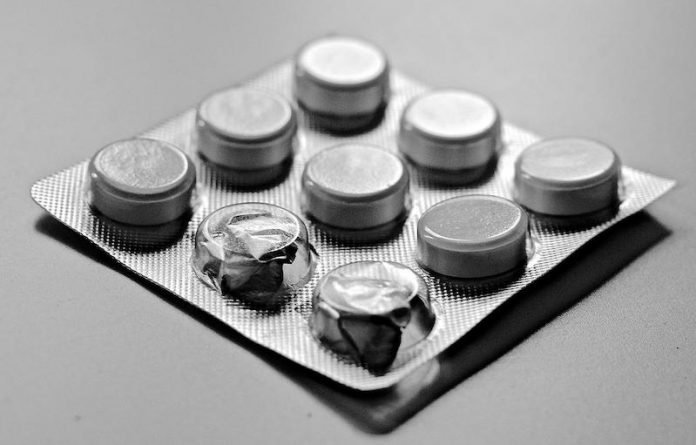
While the opioid overdose and death epidemic continues to worsen across the United States, medications such as methadone, buprenorphine, and extended-release naltrexone are proven to reduce opioid overdoses by more than 50 percent.
Scientists from New York University found the vast majority, or 86.6 percent, of people living with opioid use disorder (OUD), are not receiving these evidence-based, life-saving medications.
The research is published in the International Journal of Drug Policy and was conducted by Noa Krawczyk et al.
In the study, the team examined the gap between new estimates of OUD prevalence and the use of medications to treat opioid use disorder (MOUD) at the national and state levels from 2010 through 2019.
Although the use of MOUD has grown by more than 100 percent over the last decade, this rise in treatment has failed to keep pace with OUD and skyrocketing overdose mortality rates—largely driven by fentanyl, a potent synthetic opioid up to 50 times stronger than heroin.
In the study, the team found as of 2019, 86.6 percent of people with OUD were not receiving MOUD.
MOUD treatment rates were lowest in South Dakota (66.1 per 100,000) and highest in Vermont (1,342.6 per 100,000)
As of 2019, the largest treatment gaps were in Iowa (97.3 percent), North Dakota (96.1 percent), and Washington D.C. (95.1 percent)
The smallest treatment gaps were in Connecticut (53.9 percent), Maryland (58.1 percent), and Rhode Island (58.6%)
According to the team, more than 70 percent of residential treatment programs across the country do not offer MOUD.
Other ways to expand access to MOUD could include removing special waiver requirements so that more physicians can prescribe buprenorphine, as well as expanding the deployment of MOUD by mobile health clinics and community-based organizations, and within the criminal justice system.
Making methadone less controlled and more accessible through avenues other than highly regulated opioid treatment programs is also long overdue.
These findings highlight the urgency of removing barriers to accessing medications to treat opioid use disorder while expanding the availability of these medications.
The team says scientists need to rethink how treatment for opioid use disorder is delivered, eliminate stigma, make it easier for people to enter and remain in treatment, as well as ensure that all treatment programs provide and encourage the use of evidence-based medications that we know save lives.
If you care about pain, please read studies about therapy that can effectively treat pain, depression, and anxiety, and more than half of Americans suffer from back pain and leg pain.
For more information about pain, please see recent studies about new method to help relieve back pain, and results showing this pain medication may increase your hip fracture risk.
Copyright © 2022 Knowridge Science Report. All rights reserved.



